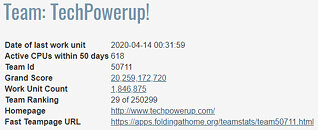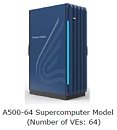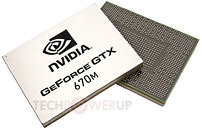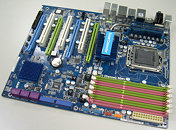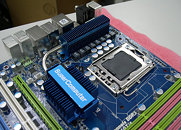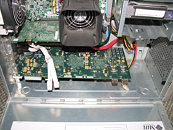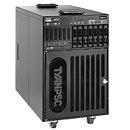
AMD Discusses "World Changing" LUMI Supercomputer - Powered by EPYC CPUs & Instinct GPUs
If you're a fan of science fiction movies, you've probably seen the story where countries come together to avert or overcome a crisis. These films usually begin with some unexpected dangerous event—maybe an alien invasion, a pandemic or rogue robots. Earth's smartest scientists and engineers work non-stop to discover a solution. Governments pool their resources and, in the end—usually at the very last possible second—humanity triumphs. This might seem like a Hollywood fantasy, but believe it or not, this movie plot is playing out in real life right now. No, we aren't facing an alien invasion or fighting off AI overlords, but the earth does face some pretty serious crises. And nations of the world are working together to develop technology to help address those problems.
For example, the LUMI supercomputer, located in Kajaani, Finland receives a portion of its funding from the European High-Performance Computing Joint Undertaking (EuroHPC JU), an effort that pools EU resources to create/provide exascale computing platforms. Additional funding comes from LUMI consortium countries, which include Finland, Belgium, Czech Republic, Denmark, Estonia, Iceland, the Netherlands, Norway, Poland, Sweden and Switzerland. According to the Top500 list published in November 2024, LUMI is the 8th fastest supercomputer in the world and the fastest supercomputer in Europe. The final configuration of the LUMI supercomputer can sustain 380 petaflops of performance, which is roughly the equivalent of 1.5 million high-end laptops. It's based on the HPE Cray EX platform with AMD EPYC CPUs and AMD Instinct MI250X GPUs. According to the Green500 list, LUMI is also the world's 25th most energy efficient supercomputer. It runs on 100% hydropower and the waste heat from the facility is recaptured to heat about 100 homes in Kajaani.
For example, the LUMI supercomputer, located in Kajaani, Finland receives a portion of its funding from the European High-Performance Computing Joint Undertaking (EuroHPC JU), an effort that pools EU resources to create/provide exascale computing platforms. Additional funding comes from LUMI consortium countries, which include Finland, Belgium, Czech Republic, Denmark, Estonia, Iceland, the Netherlands, Norway, Poland, Sweden and Switzerland. According to the Top500 list published in November 2024, LUMI is the 8th fastest supercomputer in the world and the fastest supercomputer in Europe. The final configuration of the LUMI supercomputer can sustain 380 petaflops of performance, which is roughly the equivalent of 1.5 million high-end laptops. It's based on the HPE Cray EX platform with AMD EPYC CPUs and AMD Instinct MI250X GPUs. According to the Green500 list, LUMI is also the world's 25th most energy efficient supercomputer. It runs on 100% hydropower and the waste heat from the facility is recaptured to heat about 100 homes in Kajaani.














